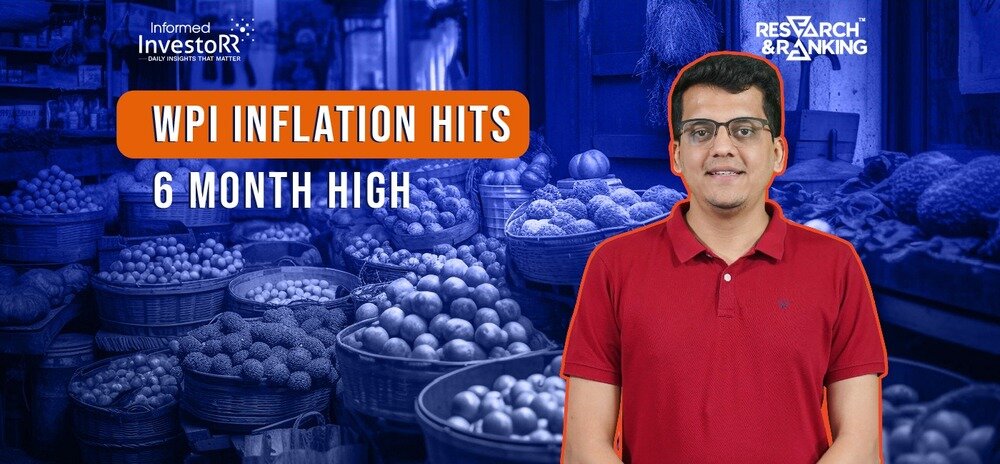In the dynamic landscape of India’s economy, keeping track of inflation trends is essential for businesses, policymakers, and the general populace. As measured by the Wholesale Price Index (WPI), Wholesale inflation trends have been a topic of significant discussion, particularly as it has remained in the negative zone for six consecutive months, extending through September.
On the flip side, retail inflation, calculated based on the Consumer Price Index (CPI), decreased to 5.02% in September from 6.83% in August.
Decoding WPI and CPI
To truly understand these figures, it’s imperative to distinguish between WPI and CPI. WPI computes the average change in wholesale prices for goods, focusing solely on changes in the prices of goods. Conversely, CPI calculates the average change in retail prices for goods and services. This vital distinction underscores the broader scope of CPI in encompassing changes in the prices of services alongside goods.
| Wholesale Price Index (WPI) | Consumer Price Index (CPI) |
| Calculates the average change in wholesale prices for goods | Calculates the average change in retail prices for both goods and services |
| Focuses solely on changes in the prices of goods | Focuses on changes in the price of both goods and services |
WPI in Deflationary Territory
For September 2023, India’s inflation based on the Wholesale Price Index (WPI) remained in the deflationary zone at (-) 0.26%, in comparison to (-) 0.52% in August 2023. This deflationary trend can be primarily attributed to a decline in prices of key commodities, such as coal, minerals, textiles, basic metals, and food products, compared to the previous year’s corresponding month.

One of the major drivers behind the deflationary trend observed in recent months is the high base effect. In September 2022, WPI-based inflation surged to a significant high of 10.55%. This surge served as a benchmark, making the current comparative figures appear deflationary.
Key Takeaways
ICRA, a leading credit rating agency, anticipates that WPI deflation will experience a marginal expansion in October 2023. This projection is rooted in the softening of global commodity prices, suggesting that India will likely remain in deflationary territory for the seventh consecutive month.
Factors Influencing WPI Trends
- Global Commodity Prices
- Domestic Production Levels
- Government Policies on Pricing and Trade
- International Trade Dynamics
Factors Impacting CPI Trends
- Food and Energy Prices
- Housing Costs
- Transportation Expenses
- Government Subsidies and Taxes
In a scenario where wholesale inflation continues its negative trajectory, understanding the nuances of both WPI and CPI becomes paramount. These indices not only reflect economic health but also guide crucial decision-making processes. As India grapples with these inflationary dynamics, it remains imperative for stakeholders to remain vigilant and adaptive.
FAQs
What is the significance of the Wholesale Price Index (WPI) in the Indian economy?
The WPI is a crucial economic indicator measuring the average change in wholesale price prices. It provides insights into inflation trends, impacting various sectors and policy decisions.
How does the high base effect contribute to deflationary trends in WPI?
The high base effect arises when there is a significant surge in inflation in a previous period. This makes the current comparative figures appear deflationary.
What are the key factors influencing retail inflation (CPI) in India?
Retail inflation is influenced by various factors, including food and energy prices, housing costs, transportation expenses, and government subsidies.
How do global commodity prices affect WPI trends in India?
Global commodity prices play a significant role in determining WPI trends. Fluctuations in international markets directly impact the prices of goods in the wholesale market.
How useful was this post?
Click on a star to rate it!
Average rating 5 / 5. Vote count: 1
No votes so far! Be the first to rate this post.

